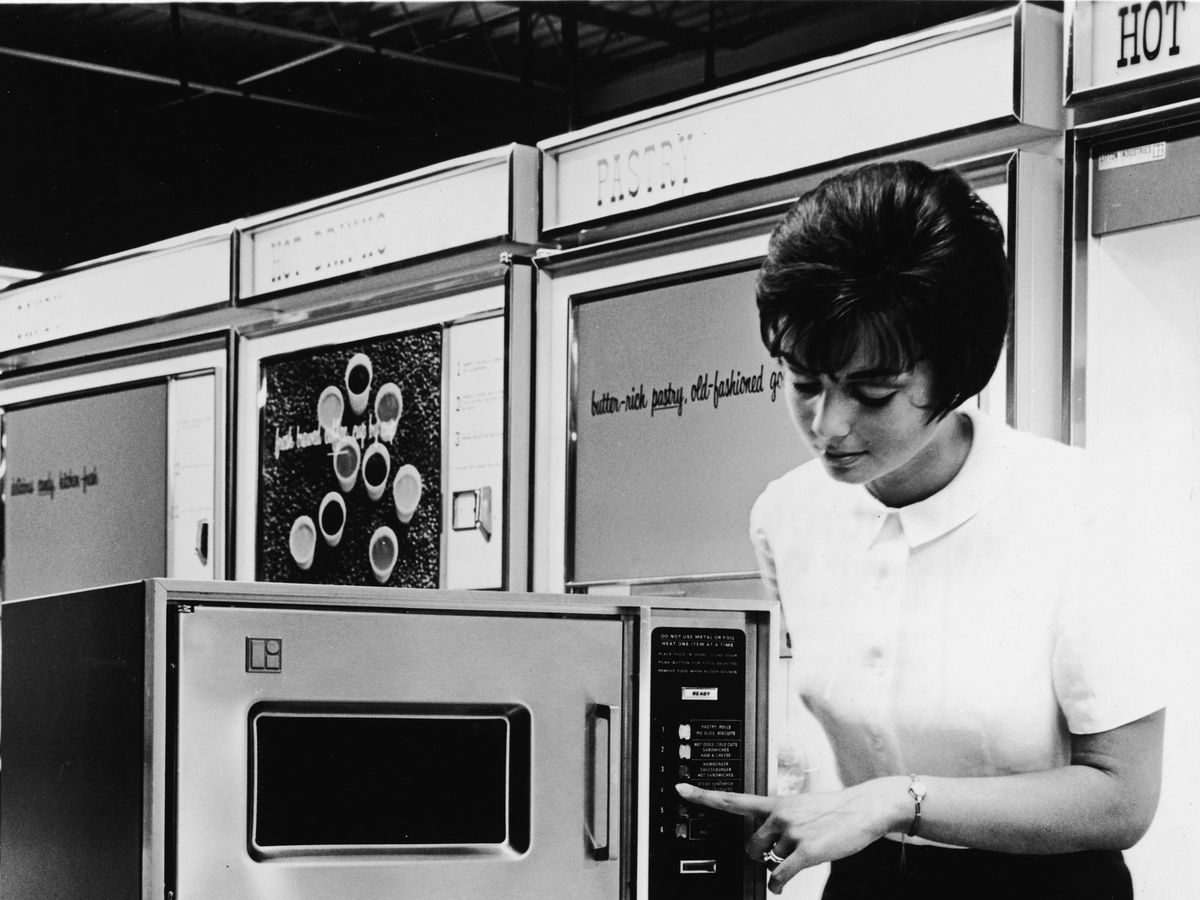

Articles
How To Buy A Microwave Oven
Modified: February 28, 2024
Looking for articles on how to buy a microwave oven? Check out our comprehensive guide with expert tips and advice to help you make the right choice.
(Many of the links in this article redirect to a specific reviewed product. Your purchase of these products through affiliate links helps to generate commission for Storables.com, at no extra cost. Learn more)
Introduction
When it comes to modern kitchen appliances, the microwave oven is an essential and convenient tool for everyday cooking. Whether you are reheating leftovers, defrosting frozen foods, or quickly whipping up a meal, a microwave oven can save you time and effort in the kitchen. However, with so many options available on the market, choosing the right microwave oven can be a daunting task.
In this article, we will guide you through the process of buying a microwave oven by highlighting the key factors to consider, the different types of microwave ovens, and the features you should look for. We will also explore the importance of understanding power and wattage, determining the ideal size for your needs, and assessing the cooking functions and presets. Safety features, ease of use and cleaning, and budget considerations will also be covered.
By the end of this article, you will have the knowledge and confidence to choose the perfect microwave oven for your kitchen, making your cooking experience more enjoyable and efficient.
Key Takeaways:
- When buying a microwave oven, consider factors such as cooking needs, available space, and desired features. Thorough research, comparison, and budget setting are crucial for making an informed and satisfying purchase decision.
- Evaluate safety features, ease of use, and cleaning, and compare different brands and models before choosing the right place to buy a microwave oven. A well-chosen microwave oven can greatly enhance your cooking experience and convenience in the kitchen.
Read more: Where To Buy Microwave Oven
Factors to consider before buying a microwave oven
Before you embark on your journey to purchase a microwave oven, there are several important factors to consider. These factors will help you narrow down your options and ensure that the microwave oven you choose meets your specific needs and requirements. Let’s take a closer look at these factors:
- Cooking needs: Consider how you plan to use the microwave oven. Are you mainly reheating leftovers or do you want to use it for more advanced cooking tasks? If you enjoy baking, look for a microwave oven that offers convection cooking capabilities.
- Available space: Measure the space in your kitchen where you plan to place the microwave oven. This will help you determine the size and dimensions that will fit in your kitchen perfectly. Keep in mind that you’ll need space for ventilation and accessibility.
- Capacity: Consider the capacity you require based on your typical usage. Microwave ovens come in various sizes, typically measured in cubic feet. If you have a larger family or frequently cook for gatherings, opt for a larger capacity microwave oven.
- User-friendly features: Look for user-friendly features like touch controls, easy-to-read displays, and intuitive interfaces. Automatic cooking presets for popular food items can also be a handy feature that simplifies the cooking process.
- Power and wattage: The power and wattage of a microwave oven determine its cooking speed and performance. Higher wattage usually means faster cooking. Consider your cooking needs and the power levels you desire for optimal performance.
- Safety features: Safety is of utmost importance in any kitchen appliance. Look for microwave ovens with features like child lock, door lock, and automatic shut-off to prevent accidents and ensure peace of mind.
- Cleaning and maintenance: Consider the ease of cleaning and maintenance of the microwave oven. Look for models with removable turntables and easy-to-clean interiors that make it hassle-free to keep your appliance clean and hygienic.
- Reliability and durability: Read customer reviews and do thorough research to determine the reliability and durability of the microwave oven you are considering. Look for reputable brands known for their quality and longevity.
By considering these factors, you can narrow down your options and find a microwave oven that suits your cooking needs, fits within your kitchen space, and offers convenient features for an enjoyable cooking experience.
Types of microwave ovens
When it comes to choosing a microwave oven, there are several types available on the market. Each type has its own set of features and advantages. Understanding the different types of microwave ovens can help you make an informed decision based on your cooking needs and preferences. Here are the most common types of microwave ovens:
- Countertop Microwave Oven: Countertop microwave ovens are the most common and versatile type. They are designed to sit on your kitchen countertop and are easy to install and move. Countertop models come in a variety of sizes and power levels, making them suitable for different cooking tasks.
- Built-in Microwave Oven: Built-in microwave ovens are designed to be installed into cabinetry or walls, creating a seamless and integrated look. These are a great option if you want to save counter space or achieve a sleek and modern kitchen design. Built-in models often come with higher power levels and larger capacities.
- Over-the-Range Microwave Oven: Over-the-range microwave ovens combine a microwave with a vent hood, providing both cooking capabilities and ventilation. These types of microwaves are typically installed above a range or cooktop, offering convenient access for cooking and saving counter space.
- Drawer Microwave Oven: Drawer microwave ovens are built into lower cabinets and open like a drawer. They offer a unique and ergonomic design that makes it easier to access and stir dishes while cooking. Drawer microwaves are a popular choice for those seeking a modern and integrated look.
- Convection Microwave Oven: Convection microwave ovens combine the features of a microwave and a convection oven. They offer the convenience of quick microwave cooking along with the benefits of convection cooking, such as browning and crisping. Convection microwaves are ideal for those who enjoy baking and want more advanced cooking capabilities.
Each type of microwave oven has its own advantages and considerations. Consider your available space, cooking needs, and desired features to determine which type of microwave oven is the best fit for your kitchen.
Microwave oven features to look for
When buying a microwave oven, it is important to consider the features that will enhance your cooking experience and make your appliance more versatile. Here are some key features to look for:
- Multiple power levels: Look for a microwave oven that offers multiple power levels. This allows you to adjust the cooking intensity based on your specific needs. Different power levels are useful for defrosting, simmering, and heating different types of food.
- Cooking presets: Many microwave ovens come with pre-programmed cooking presets for common food items such as popcorn, pizza, or vegetables. These presets take the guesswork out of cooking times and power settings, ensuring consistent results every time.
- Sensor cooking: Sensor cooking is a helpful feature that automatically adjusts cooking times and power levels based on the moisture and humidity detected in the food. This ensures that your food is cooked evenly and eliminates the need for manual adjustments.
- Turntable and removable trays: A turntable helps to distribute heat evenly throughout the food for uniform cooking. Look for a microwave oven with a sturdy and easy-to-clean turntable. Some models also come with removable trays or racks that allow for multi-level cooking or customization of the cooking space.
- Quick-start and express cooking: Quick-start or express cooking buttons allow you to quickly add time or start the microwave with a single touch. This feature is useful when you need a quick burst of cooking power without having to set specific cooking times and power levels.
- Child lock: If you have young children in the house, a microwave oven with a child lock feature is essential. This safety feature prevents accidental use or access to the microwave oven, providing peace of mind.
- Timer and clock: Look for a microwave oven with a built-in timer and clock feature. This allows you to track cooking times and keep track of the current time, making it a functional addition to your kitchen.
- Defrost function: A defrost function is handy for quickly defrosting frozen foods. Look for a microwave oven with a defrost feature that offers different settings based on the type and weight of the food.
- Interior lighting: Good interior lighting makes it easier to monitor the cooking process without opening the door. Look for a microwave oven with bright interior lights that illuminate the entire cooking area.
By considering these features, you can choose a microwave oven that offers the convenience, versatility, and safety features that align with your cooking style and needs.
Understanding the microwave oven power and wattage
The power and wattage of a microwave oven play a vital role in determining its cooking performance and speed. Understanding these specifications will help you choose a microwave oven that meets your cooking needs and delivers efficient results. Here’s what you need to know:
Power and wattage:
Microwave oven power is measured in watts. The wattage rating indicates the amount of power the microwave oven uses to cook food. Typically, microwave ovens range from 600 to 1200 watts, with higher wattage models offering faster cooking times.
Choosing the right wattage:
The wattage you choose depends on your cooking requirements. Here are some guidelines to consider:
- 600-800 watts: Microwaves in this range are suitable for basic tasks such as reheating leftovers and cooking simple dishes. They may take longer to cook compared to higher-wattage models.
- 800-1000 watts: Microwaves in this range are considered mid-range and are suitable for most household cooking needs. They offer a good balance between cooking speed and efficiency.
- Above 1000 watts: Microwaves in this range are considered high wattage models. They are ideal for those who want quick cooking times and the ability to handle more complex recipes. Higher wattage models are especially useful for tasks like defrosting larger items or cooking items that require more power.
Considerations:
It’s important to note that the wattage rating alone doesn’t guarantee superior cooking. Other factors, such as the distribution of microwave energy within the oven cavity and the design of the microwave, also play a role in its performance.
Importance of reading the manual:
Once you purchase a microwave oven, it’s essential to read the owner’s manual thoroughly. The manual will provide specific instructions on how to operate the microwave oven safely and effectively. It will also provide guidance on how to adjust cooking times and power levels to achieve the best results based on your wattage rating.
By understanding the power and wattage of a microwave oven, you can more effectively choose the right model that aligns with your cooking needs and preferences. Whether you’re looking for a quick reheating option or a versatile cooking appliance, understanding these specifications will ensure you make an informed decision.
Determining the ideal microwave oven size for your needs
When buying a microwave oven, one crucial consideration is the size of the appliance. The size of the microwave oven you choose should be based on your specific cooking needs, available kitchen space, and the types of food you typically prepare. Here are some factors to consider in determining the ideal microwave oven size:
Cooking requirements:
Consider the types of dishes you frequently cook or reheat in the microwave. If you often prepare larger meals or need to accommodate larger dishes, a larger capacity microwave oven may be more suitable. On the other hand, if you primarily use the microwave for smaller items like beverages or leftovers, a smaller capacity model may be sufficient.
Available kitchen space:
Measure the space in your kitchen where you plan to place the microwave oven. Consider the height, width, and depth available for installation. It’s important to leave some clearance around the microwave for ventilation purposes and to ensure easy access for placing and removing dishes.
Capacity:
Microwave oven capacity is measured in cubic feet. Smaller capacity models typically range between 0.5 to 1.2 cubic feet, while larger capacity models can exceed 2 cubic feet. Consider the number of people you typically cook for and the types of dishes you prepare to determine the right capacity. If you regularly cook for a large family or entertain guests, a larger capacity microwave oven might be more suitable.
Turntable size:
The size of the turntable inside the microwave oven can affect the usable cooking space. A larger turntable allows for larger plates or dishes to rotate properly, ensuring even cooking throughout. Consider the size of the dishes you frequently use to determine the appropriate turntable size for your needs.
Consider future needs:
It’s a good idea to consider your future needs as well when selecting the size of your microwave oven. If you anticipate changes in your household size or cooking habits, it may be wise to choose a slightly larger capacity model to accommodate future requirements.
Keep in mind that larger microwave ovens will generally require more space and may cost more. It’s important to strike a balance between your cooking needs, available space, and budget considerations when determining the ideal size for your microwave oven.
By considering these factors, you can choose a microwave oven size that suits your cooking preferences and fits seamlessly into your kitchen space, ensuring a convenient and efficient cooking experience.
Assessing the cooking functions and presets
When selecting a microwave oven, it’s important to consider the cooking functions and presets it offers. These features can greatly enhance your cooking experience and provide convenience and versatility. Here are some key points to assess when evaluating the cooking functions and presets of a microwave oven:
Cooking modes:
Check for the various cooking modes available in the microwave oven. Common cooking modes include microwave-only, convection, grill, and combination modes. Microwave-only mode is perfect for quick reheating and defrosting. Convection mode combines microwave and convection cooking for browning and baking. Grill mode provides the option to grill or brown food items. Combination modes allow you to use a combination of different cooking methods for optimal results.
Pre-programmed presets:
Look for pre-programmed presets that simplify your cooking process. These presets automatically set the cooking time and power level based on the specific food item you select. Common presets include popcorn, pizza, beverages, vegetables, and more. These presets eliminate the need for manual adjustments, taking the guesswork out of cooking times and power settings.
Sensor cooking:
Many microwave ovens feature sensor cooking technology. This technology uses built-in sensors to detect the moisture and humidity levels inside the microwave, allowing the oven to automatically adjust cooking times and power levels. Sensor cooking ensures that your food is cooked evenly without the need for manual adjustments. This feature is particularly useful when cooking items like rice, baked potatoes, or reheating leftovers.
Multi-stage cooking:
Check if the microwave oven offers multi-stage cooking capabilities. This feature allows you to program different cooking stages with different power levels and cooking times. For example, you can defrost food for a specific time, then switch to a higher power level for cooking, and finish off with a browning or crisping stage. Multi-stage cooking gives you more control and flexibility in preparing complex dishes.
Keep warm function:
Consider if the microwave oven has a keep warm function. This feature allows you to keep your food warm for a certain period without overcooking it. It’s especially useful when you need to hold food at a safe temperature before serving or if you want to keep food warm for a short period after cooking.
Customizable settings:
Check if the microwave oven allows you to customize and save your preferred settings. This can include adjusting specific power levels, cooking times, or even creating your own presets for frequently cooked meals. Customizable settings provide a personalized cooking experience tailored to your preferences.
By assessing the cooking functions and presets of a microwave oven, you can choose an appliance that offers a variety of cooking options to suit your needs. These features can enhance your cooking capabilities and make your microwave oven a versatile and indispensable kitchen appliance.
When buying a microwave oven, consider the size and capacity that will best suit your needs. Think about the types of food you will be heating and the space available in your kitchen.
Examining the safety features of microwave ovens
Safety should be a top priority when choosing a microwave oven for your kitchen. Microwave ovens come with various safety features designed to prevent accidents and protect both you and your appliance. Here are some important safety features to consider when examining microwave ovens:
Child lock:
A child lock feature is essential if you have children in the house or frequently have young visitors. This safety feature prevents accidental operation of the microwave oven by locking the control panel. It ensures that children cannot turn on the microwave, preventing burns or other injuries.
Door lock:
A door lock feature ensures that the microwave door remains securely closed during operation. It prevents the door from accidentally opening and stops the microwave from functioning if the door is not properly closed. This feature is crucial for preventing injuries and potential damage to the microwave oven.
Automatic shut-off:
Many microwave ovens are equipped with an automatic shut-off feature. This feature automatically turns off the microwave after a specific period of inactivity. It prevents the microwave from operating indefinitely and reduces the risk of fire hazards if the oven is accidentally left on.
Heat-resistant handles and exterior:
Check for heat-resistant handles and exterior in the microwave oven. This feature ensures that the exterior remains cool to the touch even during extended cooking times. It prevents accidental burns when handling the microwave or reaching over it while it is in operation.
Safety certification:
Look for microwave ovens that have been certified by appropriate safety organizations. Certifications such as UL (Underwriters Laboratories) or CSA (Canadian Standards Association) indicate that the microwave oven meets safety standards and has undergone rigorous testing.
Proper ventilation:
Proper ventilation is crucial to prevent the microwave oven from overheating. Ensure that the microwave has adequate space around it for proper airflow. Do not block the vents or place the microwave too close to other appliances or walls. Proper ventilation helps in maintaining the longevity and safe operation of the microwave oven.
Read the manual:
It’s essential to read the owner’s manual of the microwave oven thoroughly. The manual provides important safety information specific to your appliance. It includes instructions on how to use the safety features effectively and how to operate the microwave oven in a safe and responsible manner.
Examining the safety features of a microwave oven ensures that you choose an appliance that prioritizes your well-being. These safety features protect against accidents, burns, and other potential hazards, providing peace of mind while using your microwave oven.
Evaluating the ease of use and cleaning
When selecting a microwave oven, it’s important to consider the ease of use and cleaning. These factors can greatly impact your overall experience with the appliance and determine how convenient it is to use on a daily basis. Here are some key points to evaluate when assessing the ease of use and cleaning of a microwave oven:
User-friendly controls:
Check if the microwave oven has user-friendly controls that are intuitive and easy to understand. Look for a clear and well-organized control panel with easy-to-read buttons or touchpad controls. A bright and backlit display enhances visibility, especially in low light conditions.
One-touch functions:
Consider if the microwave oven offers one-touch functions for commonly performed tasks. One-touch buttons for tasks like popcorn, beverages, or reheat can simplify the cooking process and save you time. These functions automatically set the appropriate cooking time and power level, eliminating the need for manual input.
Clear and audible signals:
Ensure that the microwave oven has easy-to-understand signals and alerts. Audible signals or beeps that indicate when the cooking cycle is complete or remind you to check on your food are helpful. Some microwave ovens also have a clear and visible countdown timer, allowing you to monitor the remaining cooking time easily.
Easy-to-clean surfaces:
Check if the microwave oven has easy-to-clean surfaces. Look for a smooth and non-porous interior that prevents food and spills from sticking. Removable turntables and trays make it easier to clean the bottom of the oven. Some models also come with a steam cleaning feature that loosens food particles, making them easier to wipe away.
Dishwasher-safe components:
Some microwave ovens have dishwasher-safe trays, turntables, and accessories. This makes it convenient to clean these components, as you can simply place them in the dishwasher instead of manually washing them. Check the product specifications or manual to see if these components are dishwasher-safe.
Quick wipe exterior:
Consider if the exterior of the microwave oven is easy to wipe clean. Look for a smudge-resistant finish that allows you to quickly remove fingerprints and smudges. This helps to keep your microwave oven looking clean and presentable with minimal effort.
Clear operating instructions:
Make sure the microwave oven comes with clear and easy-to-understand operating instructions. The manual should provide step-by-step guidance on how to operate the microwave oven and perform various functions. Clear instructions ensure that you can enjoy all the features of the microwave oven easily.
Evaluating the ease of use and cleaning of a microwave oven ensures that you choose an appliance that fits seamlessly into your daily routine. An easy-to-use and easy-to-clean microwave oven simplifies cooking tasks and maintenance, making it a convenient addition to your kitchen.
Read more: How To Repair Microwave Oven
Comparing different microwave oven brands and models
When considering which microwave oven to purchase, it’s important to compare different brands and models to find the one that best fits your needs and preferences. Each brand and model may have its own unique features, design, and performance. Here are some factors to consider when comparing different microwave oven brands and models:
Brand reputation and reliability:
Consider the reputation and reliability of the brands you are considering. Look for well-established brands known for their quality and durability. Check customer reviews and ratings to get an idea of the overall customer satisfaction and reliability of a particular brand or model.
Available features:
Compare the features offered by different microwave oven models. Look for features that align with your cooking needs and preferences. Consider features such as multiple power levels, cooking presets, sensor cooking, turntable size, and customization options. Determine which features are essential for you and find models that offer them.
Capacity and size options:
Consider the capacity and size options available within each brand. Determine which capacity suits your cooking needs and the available space in your kitchen. Some brands may offer a range of sizes, allowing you to find the perfect fit for your kitchen and lifestyle.
Power and wattage:
Compare the power and wattage of the microwave oven models you are considering. Higher wattage usually means faster cooking times, but it may also result in higher energy consumption. Consider your cooking requirements and desired cooking speed to determine the optimal power and wattage for your needs.
Design and aesthetics:
Take into account the design and aesthetics of the microwave oven, as it will be a visible element in your kitchen. Look for a design that complements your kitchen decor and personal style. Consider factors such as color options, control panel layout, and overall aesthetics.
Price and value for money:
Compare the prices of different microwave oven brands and models. Consider the features, performance, and overall value for money offered by each model. While it’s important to stick to your budget, also prioritize the value and quality of the microwave oven to ensure a long-lasting and efficient appliance.
Warranty and customer support:
Check the warranty offered by the brand for the microwave oven models you are considering. A longer warranty is typically an indication of the manufacturer’s confidence in their product. Additionally, consider the availability of customer support and service centers in case you encounter any issues with the microwave oven down the line.
Energy efficiency:
Consider the energy efficiency ratings of different microwave oven models. Look for models that have earned Energy Star certification, as they have been tested to meet energy efficiency standards and can help reduce your energy consumption and utility bills.
By comparing different microwave oven brands and models, you can find an appliance that offers the features, performance, and value for money that align with your cooking needs and lifestyle. Take your time to research and consider all the factors to make an informed decision and find the perfect microwave oven for your kitchen.
Setting a budget for your microwave oven purchase
Setting a budget is an important step when purchasing a microwave oven. It helps you narrow down your options and ensures that you stay within your financial means. Here are some considerations to help you set a budget for your microwave oven purchase:
Research price ranges:
Start by researching the price ranges of microwave ovens. This will give you an idea of the average cost of different types and sizes of microwave ovens. You can find this information by browsing through online retailers, visiting appliance stores, or reading customer reviews and buying guides.
Define your needs:
Consider your specific cooking needs and requirements. Reflect on how often you will use the microwave oven, the types of dishes you intend to cook, and the features that are essential for your cooking style. This will help you determine the level of performance and functionality you need, which may influence the price range you should be looking at.
Consider long-term cost savings:
While it’s important to stick to your budget, also consider the long-term cost savings that an energy-efficient microwave oven can provide. Energy Star certified models are designed to consume less energy, ultimately reducing your utility bills over time. Investing in an energy-efficient model may have a higher upfront cost, but it can result in savings in the long run.
Evaluate additional features:
Take into account the additional features that may be available with certain models. While these features can enhance your cooking experience, they may also add to the overall cost. Decide which features are essential for your needs and prioritize them accordingly. If you find a model with additional features that align with your requirements, consider whether those features justify the higher price tag.
Read customer reviews:
Reading customer reviews can provide valuable insights into the price-performance ratio of different microwave oven models. Look for reviews from customers who have purchased the models you are considering. This will help you gauge the overall satisfaction and performance of the microwave oven within your budget range.
Set a realistic budget:
Based on your research and considerations, set a realistic budget for your microwave oven purchase. Consider your personal financial situation and what you are comfortable spending on this appliance. Remember that a microwave oven is a long-term investment, and aiming for the best quality within your budget can lead to a more satisfying cooking experience and a longer-lasting appliance.
By setting a budget for your microwave oven purchase, you can focus your search on models that meet your needs and fall within your financial limits. Balancing your requirements with the available options will ensure that you find a microwave oven that offers excellent value for your money.
Tips for choosing the right place to buy a microwave oven
Choosing the right place to buy a microwave oven is crucial to ensure a smooth and satisfactory purchasing experience. Here are some tips to help you find the right retailer or online platform:
Reputable retailers:
Consider purchasing from reputable retailers that specialize in home appliances or electronics. Look for well-known retail chains or local stores that have a good reputation for quality products and reliable customer service. Reputable retailers often have a wide selection of microwave oven brands and models to choose from.
Online platforms:
Consider purchasing from reputable online platforms that offer a wide range of microwave ovens. Look for platforms that have a good track record of customer satisfaction and reliable shipping and return policies. Check customer reviews and ratings for the specific platform you are considering to ensure a positive buying experience.
Product selection:
Choose a retailer or online platform that offers a diverse selection of microwave oven brands and models. This will give you the opportunity to compare different options and choose the one that best fits your needs and preferences. A wide product selection allows you to explore different features, sizes, and prices to make an informed decision.
Price comparison:
Compare prices from different retailers or online platforms to ensure you are getting the best deal. Look for sales, discounts, or promotions that may be available. However, keep in mind that the lowest price may not always guarantee the best quality or service. Consider the reputation and reliability of the retailer along with the price.
Customer reviews:
Read customer reviews and ratings for the specific microwave oven model you are considering, as well as for the retailer or online platform. This will give you insights into the experiences of other customers with both the product and the purchasing process. Look for overall positive reviews and feedback on product quality, customer service, and shipping reliability.
Warranty and return policy:
Check the warranty and return policy offered by the retailer or online platform. A good warranty ensures that you are protected in case of any manufacturing defects or issues with the microwave oven. A flexible and hassle-free return policy gives you peace of mind in case you are not satisfied with your purchase or if any problems arise.
Customer service:
Consider the level of customer service provided by the retailer or online platform. Look for responsive and helpful customer support that can assist you with any inquiries or concerns. Good customer service can make the buying process more pleasant and resolve any issues that may arise after your purchase.
Local availability:
If possible, choose a retailer or online platform with local availability. This can be beneficial in terms of easy access to in-store assistance, product demonstrations, or post-purchase service or repairs. Local availability can also facilitate quick and convenient returns or exchanges if needed.
By following these tips, you can choose the right place to buy your microwave oven, ensuring a reliable and satisfactory purchasing experience. Consider factors such as reputation, product selection, price comparison, customer reviews, warranties, and customer service to make an informed decision.
Conclusion
Choosing the right microwave oven is an important decision that can greatly enhance your cooking experience and convenience in the kitchen. By considering factors such as your cooking needs, available space, and desired features, you can find a microwave oven that suits your requirements perfectly.
Before making a purchase, it’s crucial to thoroughly research and compare different brands and models. Assess the cooking functions and presets, evaluate the safety features, and consider the ease of use and cleaning. Take into account your budget and set realistic expectations for what you can afford. Lastly, choose a reputable retailer or online platform that offers a wide selection, competitive prices, and reliable customer service.
Remember that a microwave oven is an investment, and it’s important to choose a model that will serve you well for years to come. By considering all the factors mentioned in this article and making an informed decision, you can find the perfect microwave oven that meets your cooking needs and fits seamlessly into your kitchen.
Whether you’re reheating leftovers, defrosting frozen food, or cooking a delicious meal, a high-quality and appropriately chosen microwave oven will undoubtedly make your culinary adventures much more efficient and enjoyable.
Frequently Asked Questions about How To Buy A Microwave Oven
Was this page helpful?
At Storables.com, we guarantee accurate and reliable information. Our content, validated by Expert Board Contributors, is crafted following stringent Editorial Policies. We're committed to providing you with well-researched, expert-backed insights for all your informational needs.
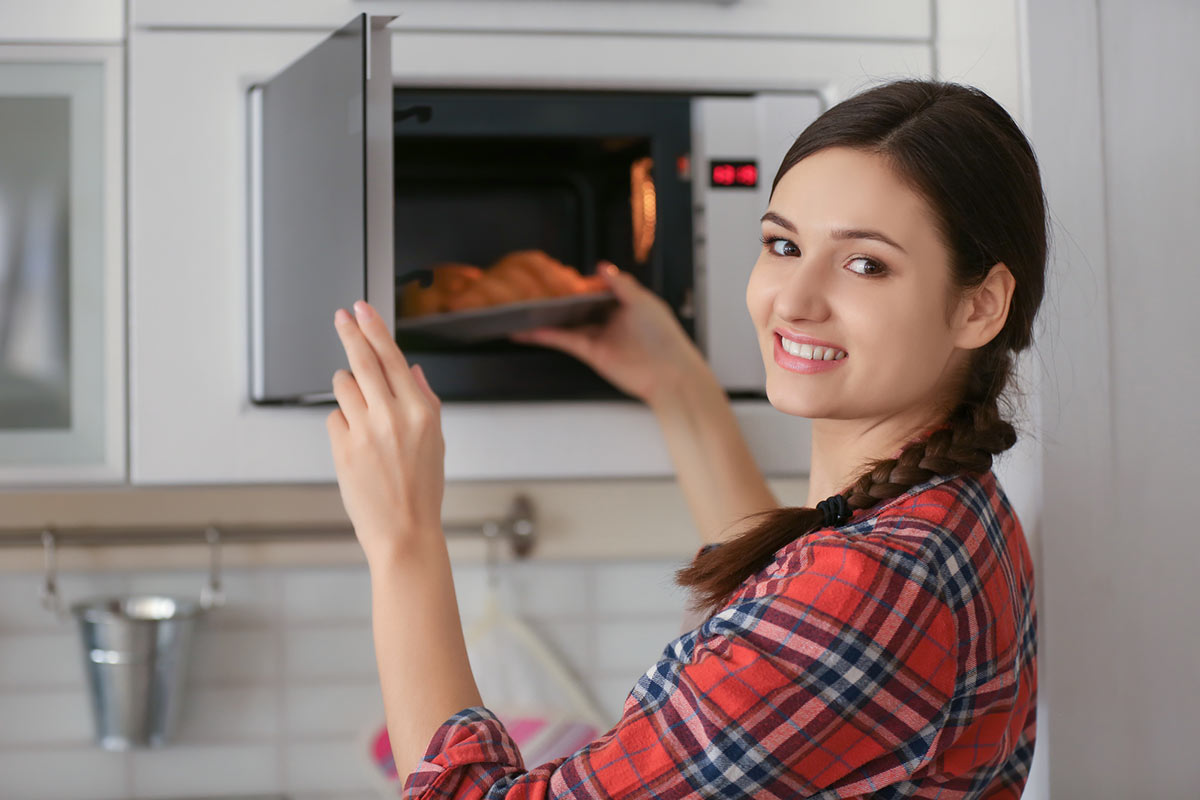
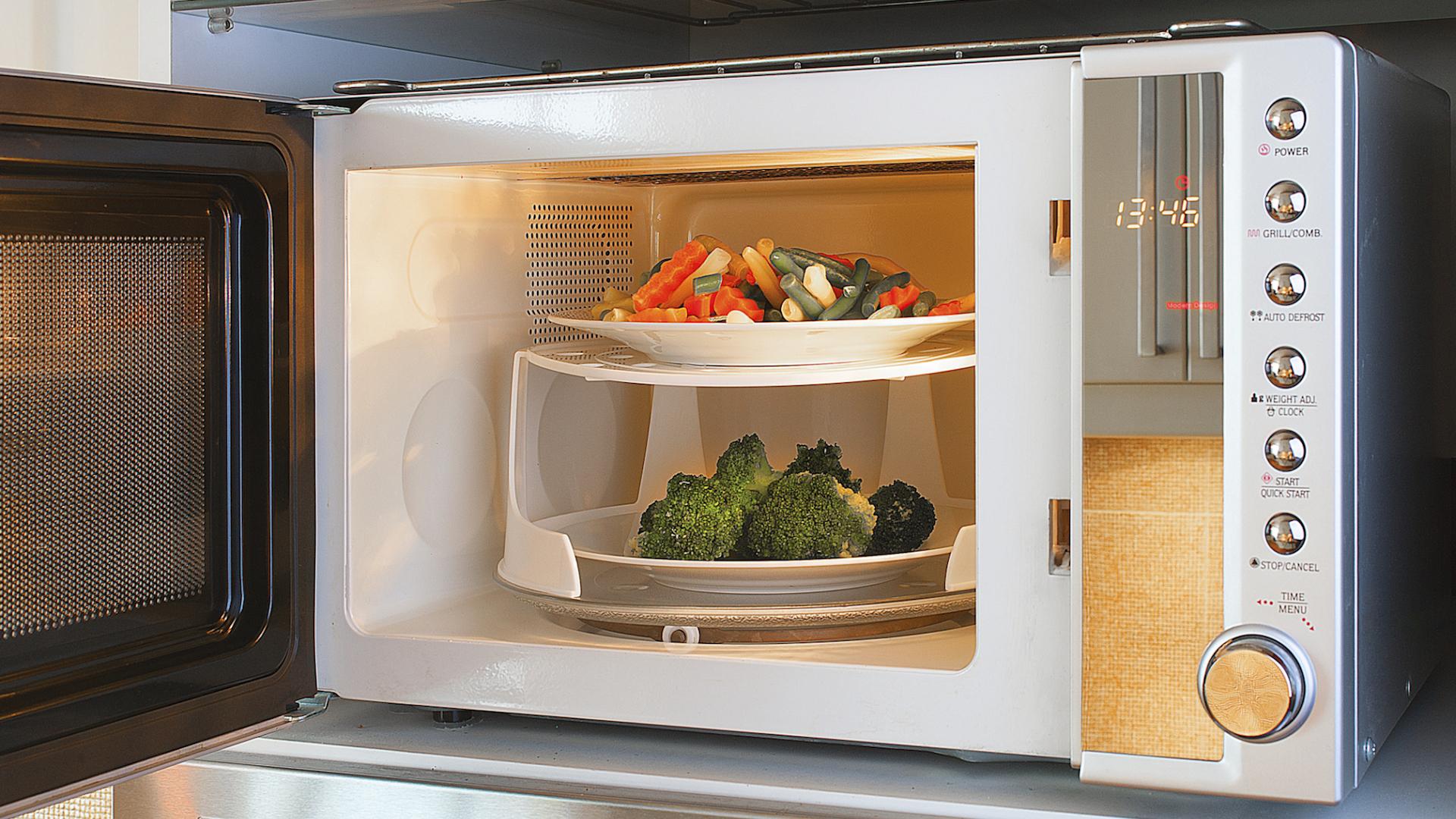
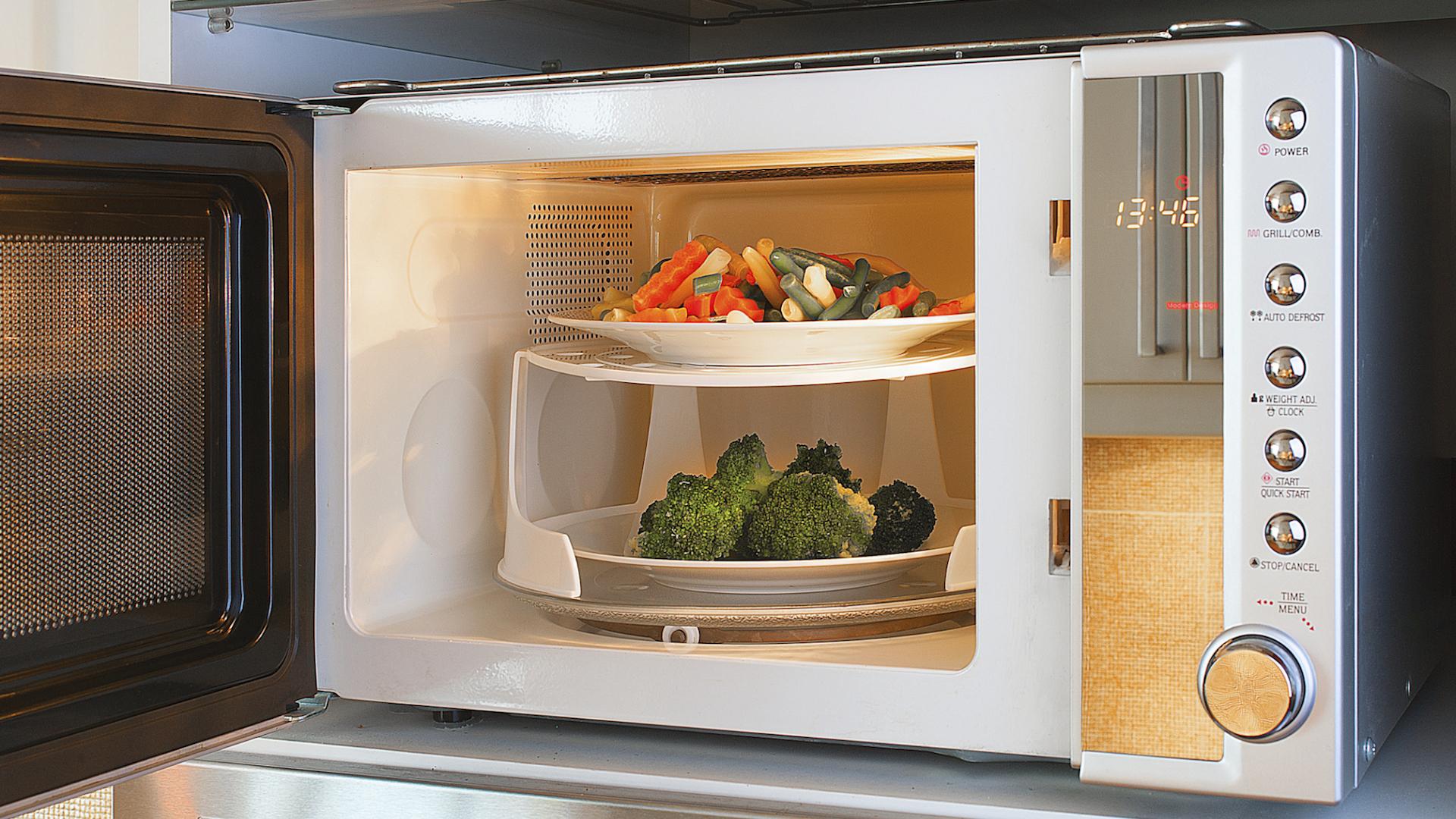
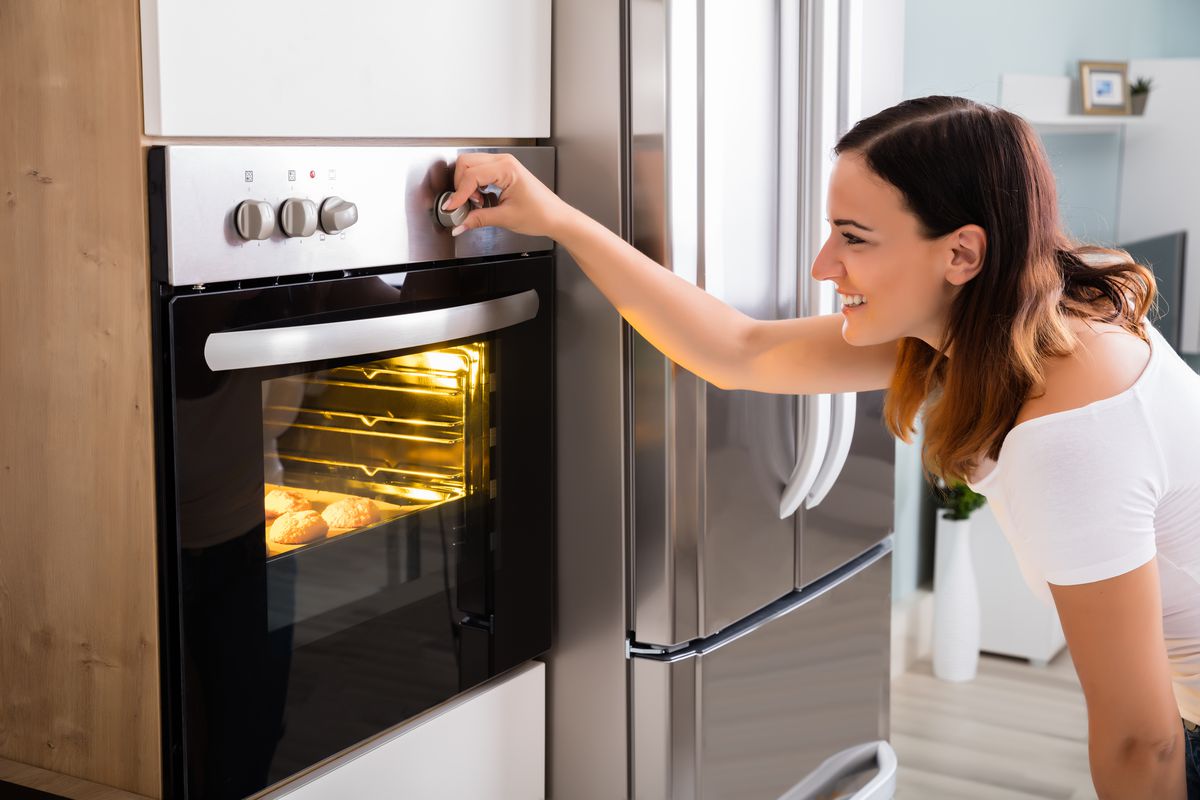
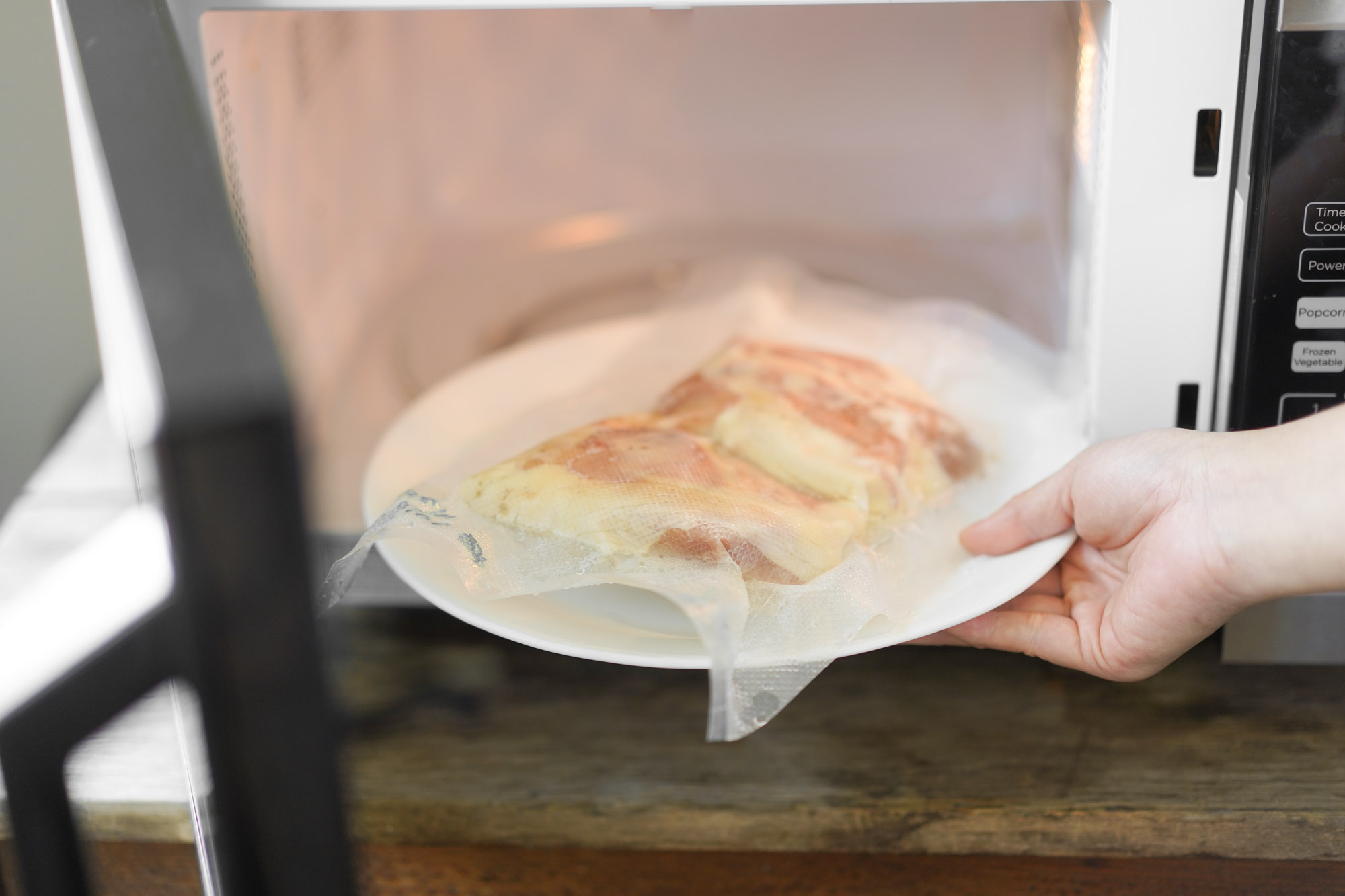
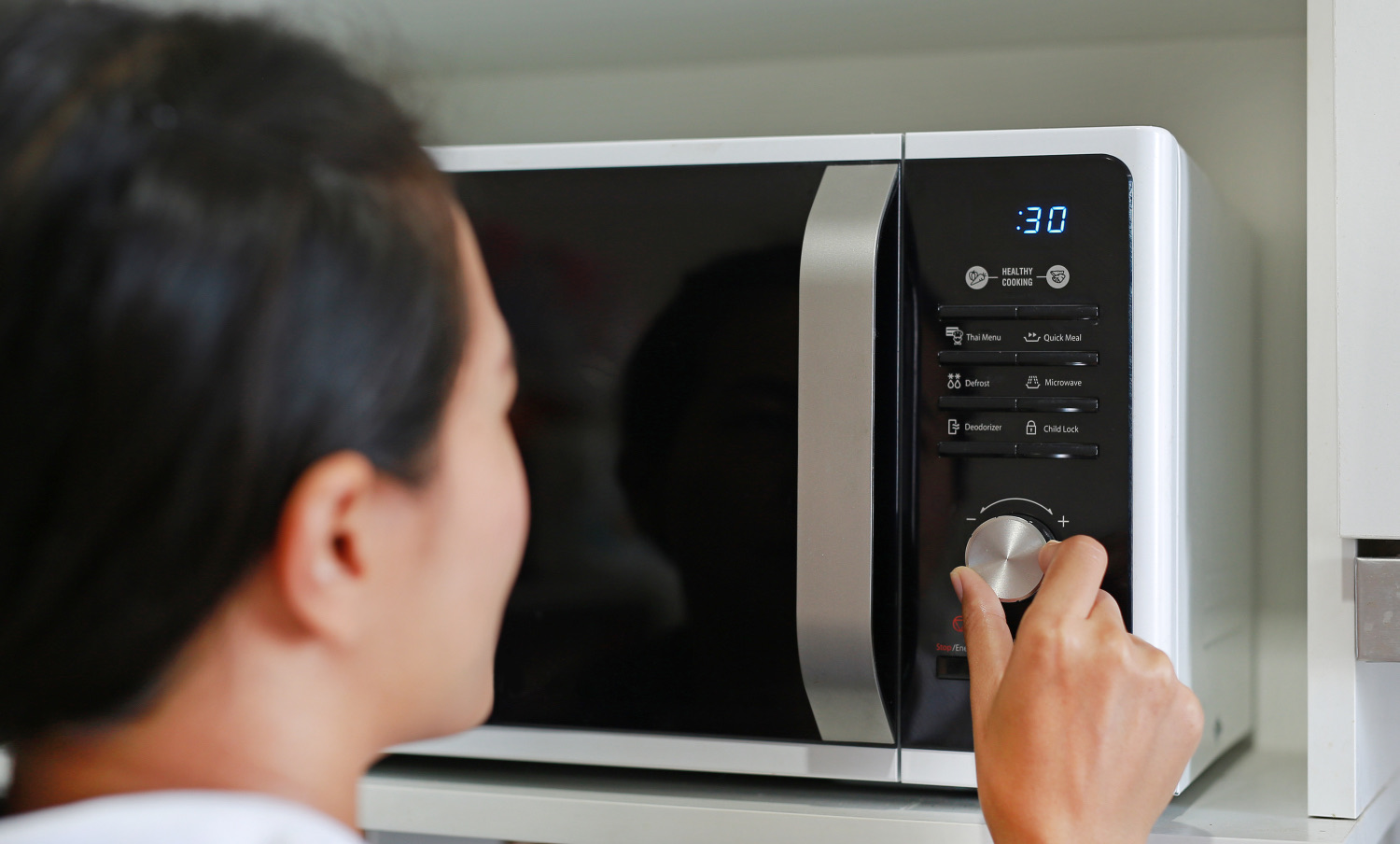

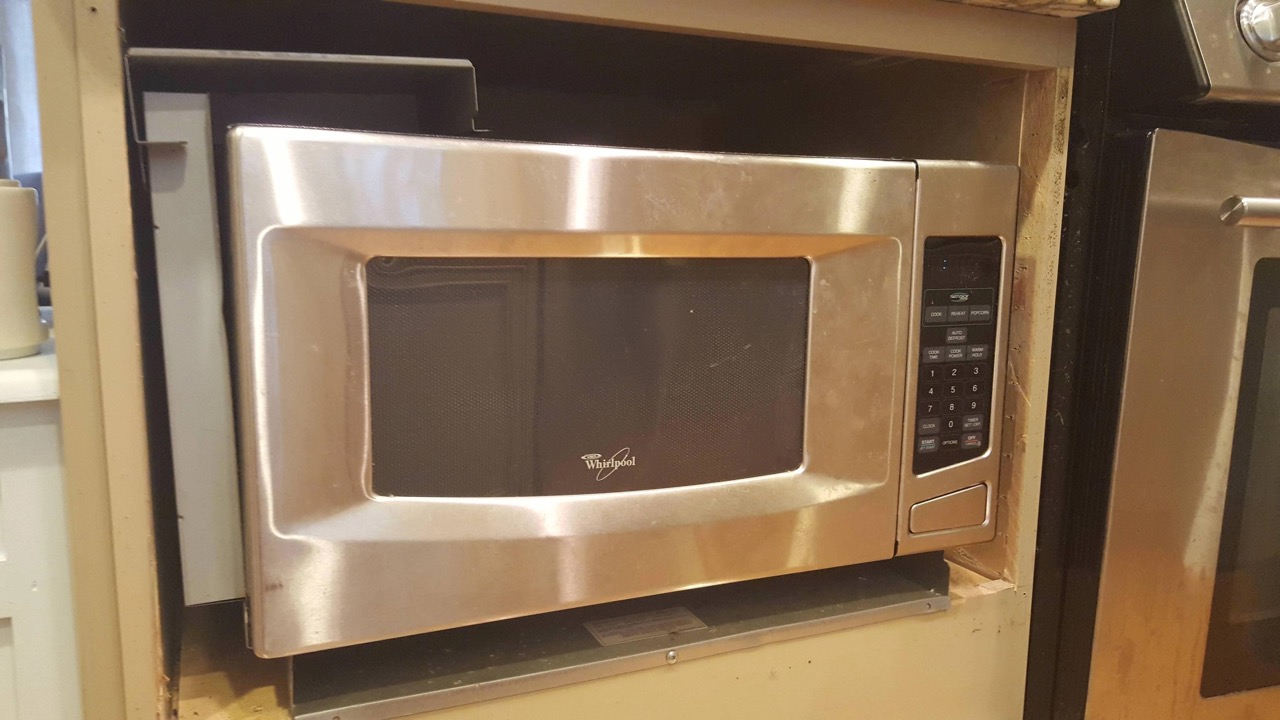
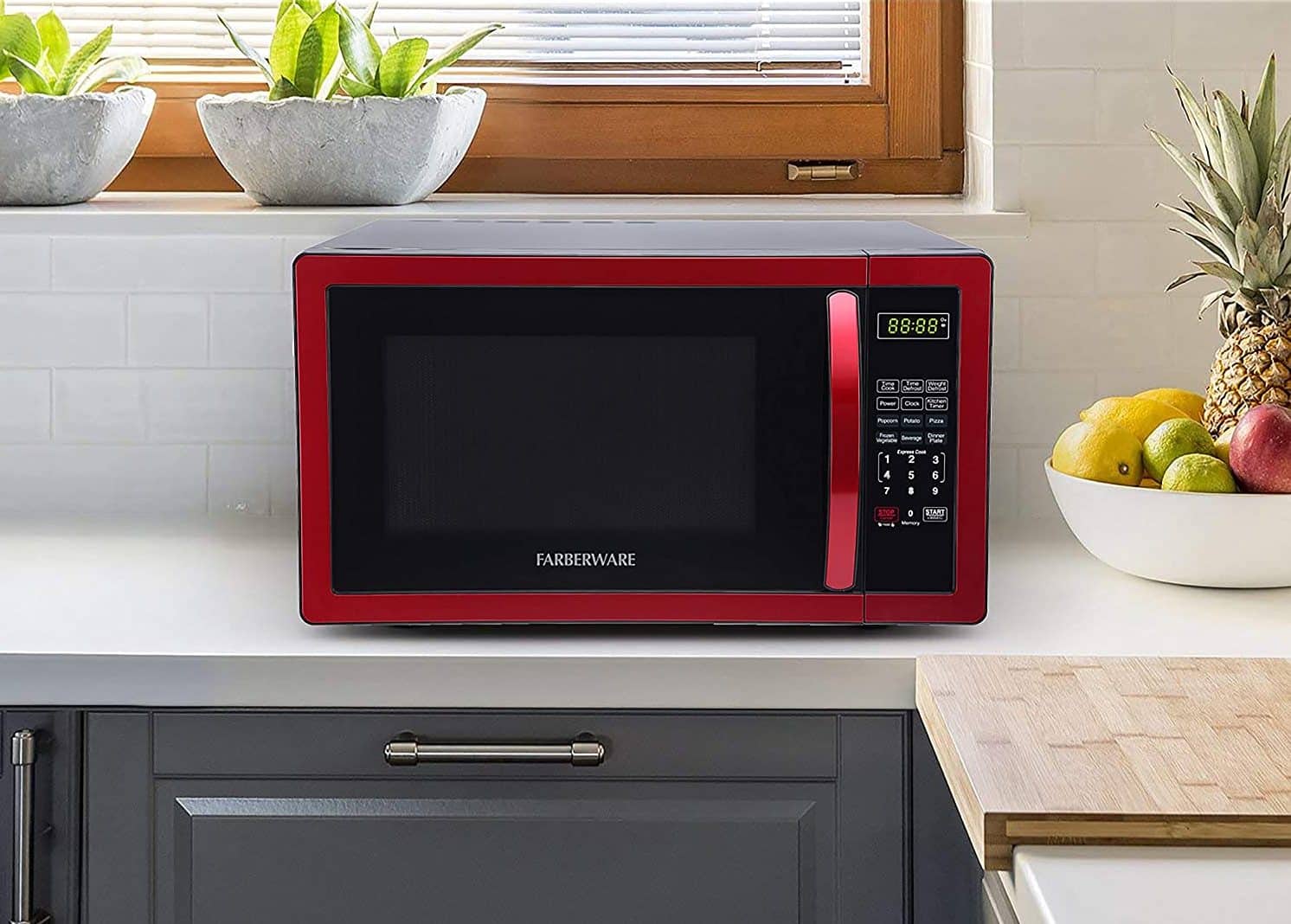
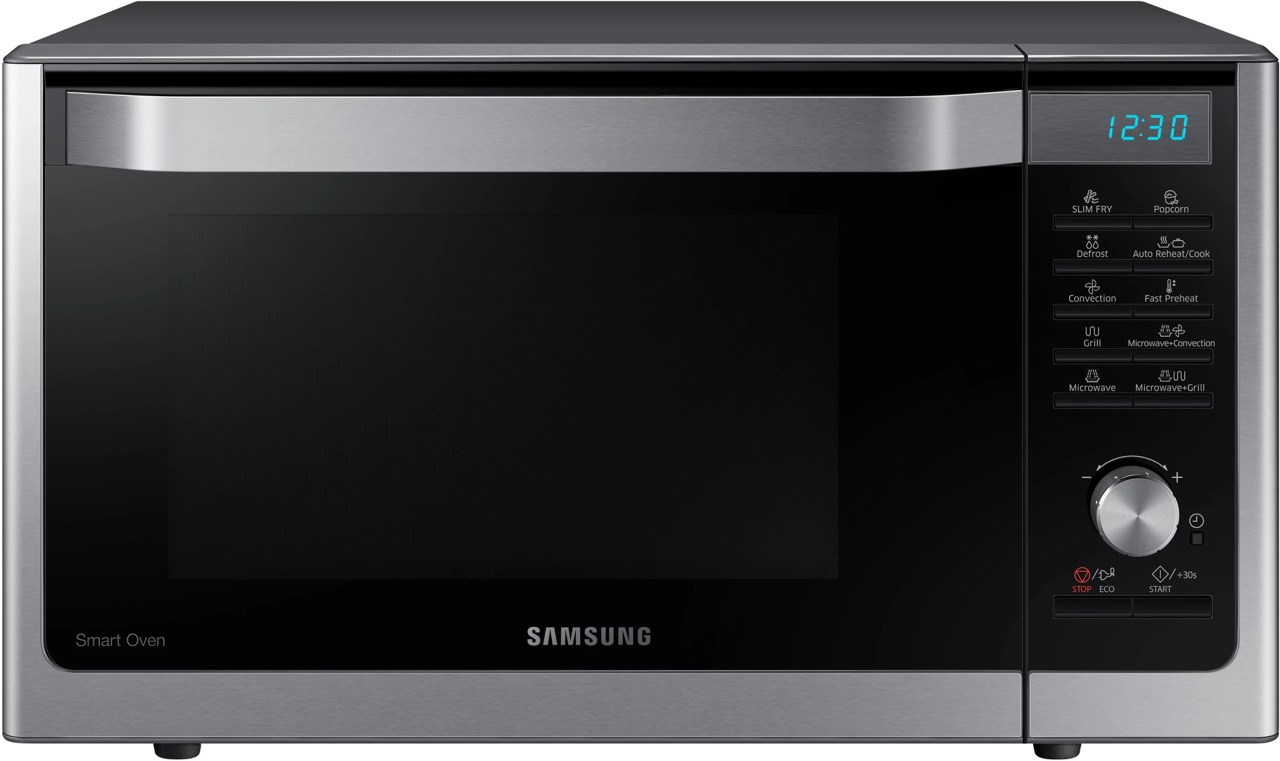
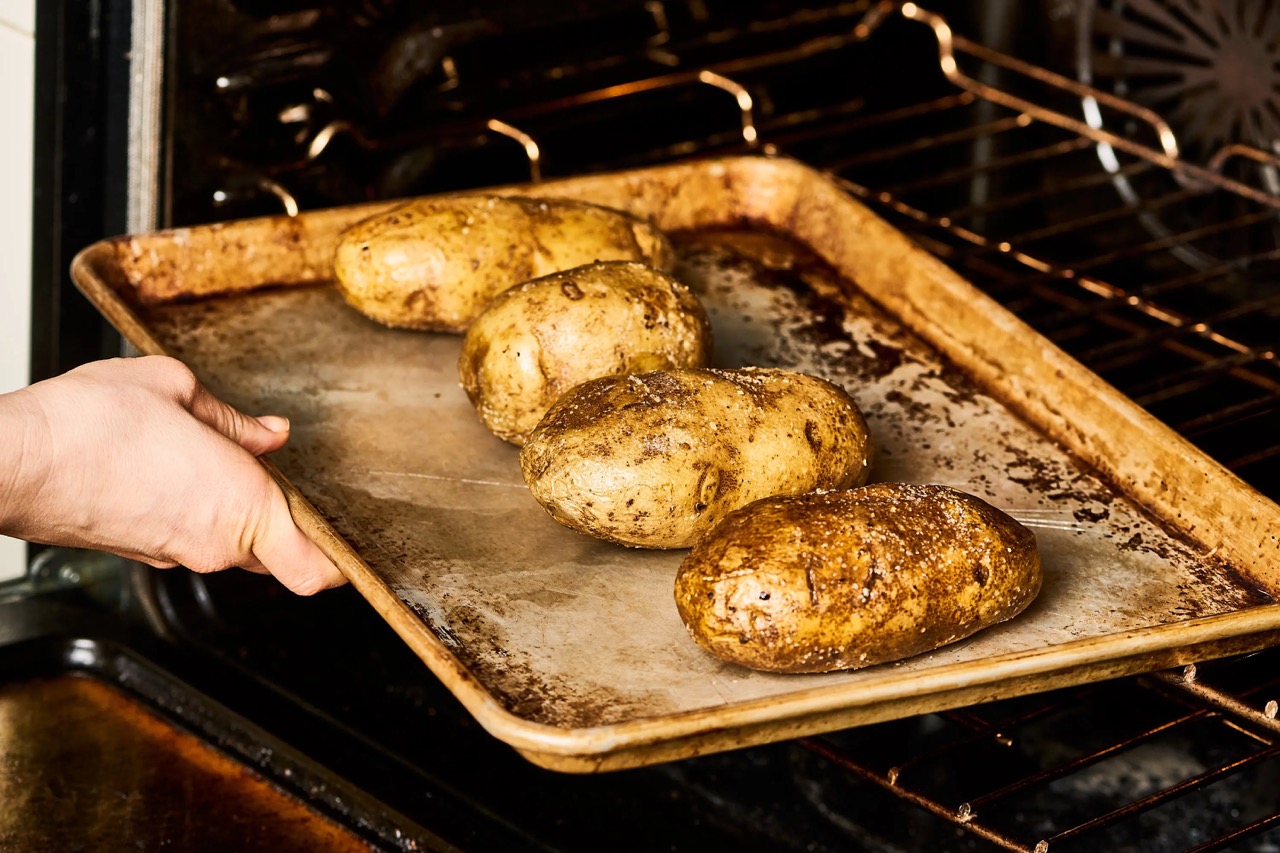

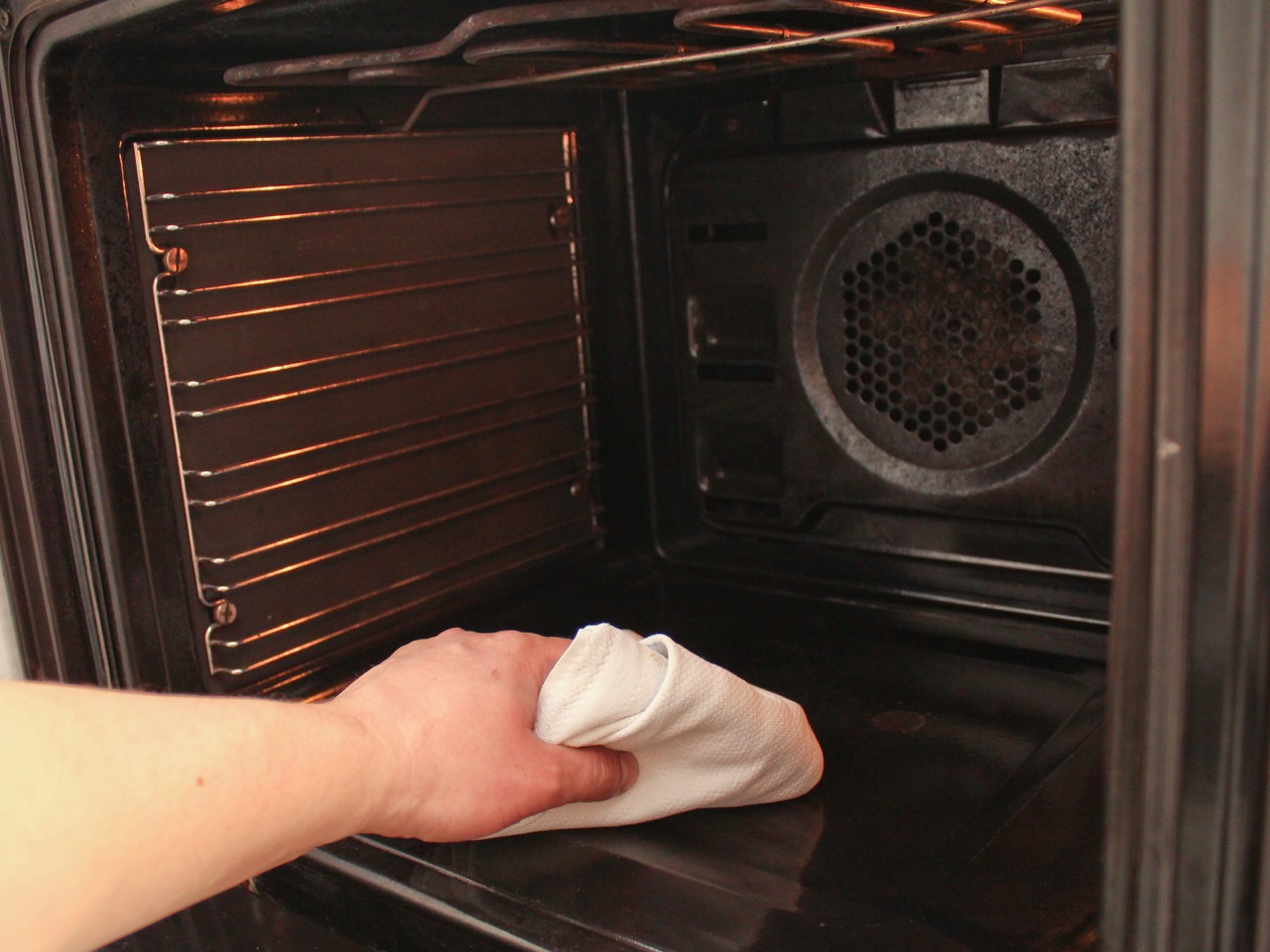

0 thoughts on “How To Buy A Microwave Oven”